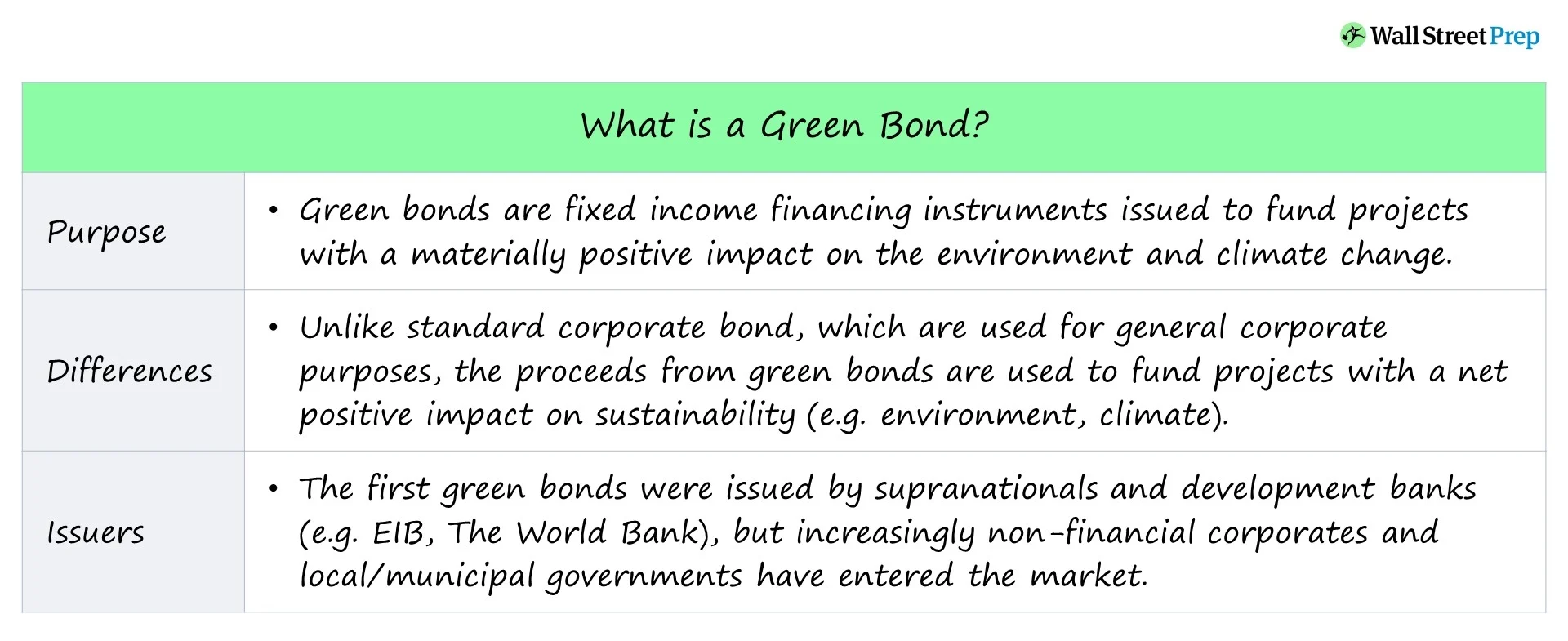Introduction
Environmental, Social, and Governance (ESG) considerations have evolved from a niche concern to a strategic imperative. Today, they shape investor priorities, regulatory requirements, and corporate reputations. But as ESG reporting becomes mainstream, so does the risk of greenwashing—misleading claims that inflate a company’s sustainability credentials.
Artificial Intelligence (AI) is now a critical ally in combating this challenge. It enables smarter ESG data analysis, detects deceptive practices, and automates compliance with evolving global standards. This article explores how AI is transforming ESG strategies across all three pillars—Environmental, Social, and Governance—while examining the challenges, opportunities, and future trends.
1. Detecting Greenwashing with AI
The Greenwashing Dilemma
Greenwashing undermines stakeholder trust and hampers capital flow into genuinely sustainable businesses. Traditional ESG audits rely on manual reviews, making them slow, subjective, and easy to manipulate.
How AI Exposes Deceptive ESG Claims
Advanced AI tools are now used to analyze corporate communications, regulatory disclosures, and public sentiment to flag inconsistencies.
- Sentiment and Tone Analysis: Natural Language Processing (NLP) detects overly optimistic or vague claims (Gupta et al., 2023).
- Peer Benchmarking: AI compares a firm’s ESG statements against industry norms and global frameworks (Deloitte, 2022).
- Visual & Media Forensics: Computer vision evaluates marketing materials to assess whether advertised sustainability actions align with reality (Harvard Business Review, 2023).
Case in Point: In 2022, the UK’s Advertising Standards Authority banned HSBC ads that misrepresented its climate action—an incident that AI-based sentiment and tone analysis could have flagged much earlier.
2. AI-Driven ESG Data Collection and Analysis
Taming the ESG Data Deluge
ESG reporting involves large volumes of fragmented and unstructured data—from emissions and energy use to diversity metrics and executive compensation.
AI Applications for Smarter ESG Insights
- Automated Aggregation: AI compiles ESG data from financial filings, media, satellite data, and regulatory sources (McKinsey, 2023).
- Predictive Risk Analytics: AI forecasts potential ESG-related disruptions like strikes or climate events using historical patterns (PwC, 2022).
- Anomaly Detection: Machine learning flags outliers in emissions data or social compliance breaches (MIT Sloan, 2023).
Real-World Example: Walmart uses AI to monitor suppliers for labor and environmental compliance, reducing audit costs by 30% while improving oversight (Forbes, 2023).
3. Expanding AI’s Role in Social and Governance Metrics
AI’s potential goes far beyond environmental metrics.
Social (S) Innovations
- Supply Chain Surveillance: AI processes satellite imagery and anonymous worker feedback to detect forced labor or unsafe conditions.
- Equity Monitoring: AI tools track hiring trends, pay equity, and workplace diversity outcomes.
Governance (G) Enhancements
- Fraud and Compliance Detection: NLP scans board reports and earnings calls for red flags linked to corruption or risk blind spots.
- Board Effectiveness Analytics: AI evaluates meeting transcripts to identify gaps in oversight or strategic alignment.
Notable Example: Tesla’s 2023 removal from the S&P 500 ESG Index due to governance failures underscores how AI-driven governance analysis could have predicted reputational risks earlier.
4. AI for Smart ESG Reporting and Regulatory Alignment
Automating ESG Compliance
As regulatory regimes such as the EU’s CSRD and the SEC’s climate disclosure rules grow stricter, AI can help companies stay ahead.
- Report Generation: AI generates disclosures aligned with GRI, SASB, and TCFD frameworks.
- Continuous Monitoring: Real-time tracking of ESG performance allows proactive corrections (KPMG, 2023).
- Scenario Analysis: AI models help companies understand how potential regulations will impact their ESG strategies (BCG, 2023).
Global Challenge: ESG standards vary by region. AI systems must be trained to interpret multiple frameworks, as a firm’s ESG rating may differ between Europe and the U.S.
5. The Limitations and Ethical Risks of AI in ESG
AI is not without its challenges.
- False Positives: Machine learning can wrongly flag firms based on biased or incomplete data.
- Black Box Decisions: Lack of algorithmic transparency can make ESG conclusions hard to explain (MIT Tech Review, 2023).
- Data Quality: Inconsistent or sparse ESG data skews results, especially in emerging markets.
Solution: A hybrid approach—where humans review AI outputs—offers the best of both worlds: speed and accountability.
6. What’s Next: The Future of AI in ESG
Emerging trends point to a more democratized, transparent, and efficient ESG ecosystem powered by AI:
- Generative AI for Disclosure Drafting: Large language models like GPT-4 can craft sustainability reports with minimal manual input.
- Blockchain-AI Integration: Smart contracts can verify ESG actions on-chain, reducing fraud and improving traceability.
- Open-Source ESG AI Tools: Platforms like IBM’s ESG Suite are making AI capabilities more accessible for small and medium enterprises.
Conclusion
AI is redefining how companies measure, manage, and communicate their ESG performance. From detecting greenwashing to automating compliance and enhancing transparency, AI offers a strategic edge—provided it is used responsibly. The future of ESG will belong to those who blend human insight with intelligent machines to deliver on sustainability promises with credibility and impact.
References
- Deloitte. (2022). AI in ESG: The Future of Sustainable Investing.
- Gupta, S. et al. (2023). NLP for Greenwashing Detection, Journal of Sustainable Finance.
- McKinsey. (2023). How AI is Transforming ESG Data Analytics.
- PwC. (2022). Predictive ESG: The Role of AI in Risk Management.
- Harvard Business Review. (2023). Computer Vision and ESG Integrity.
- MIT Sloan. (2023). AI for Risk and Compliance in ESG.
- KPMG. (2023). Real-Time ESG Monitoring with AI.
- BCG. (2023). Scenario Planning and ESG Futures.
- World Economic Forum. (2023). Ethical AI in ESG Reporting.





